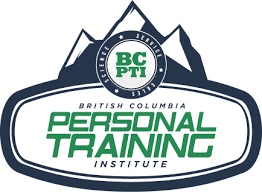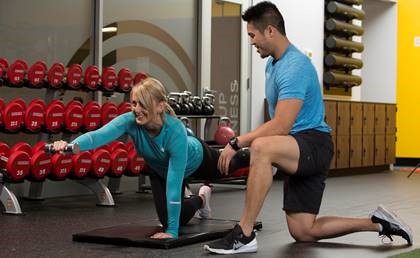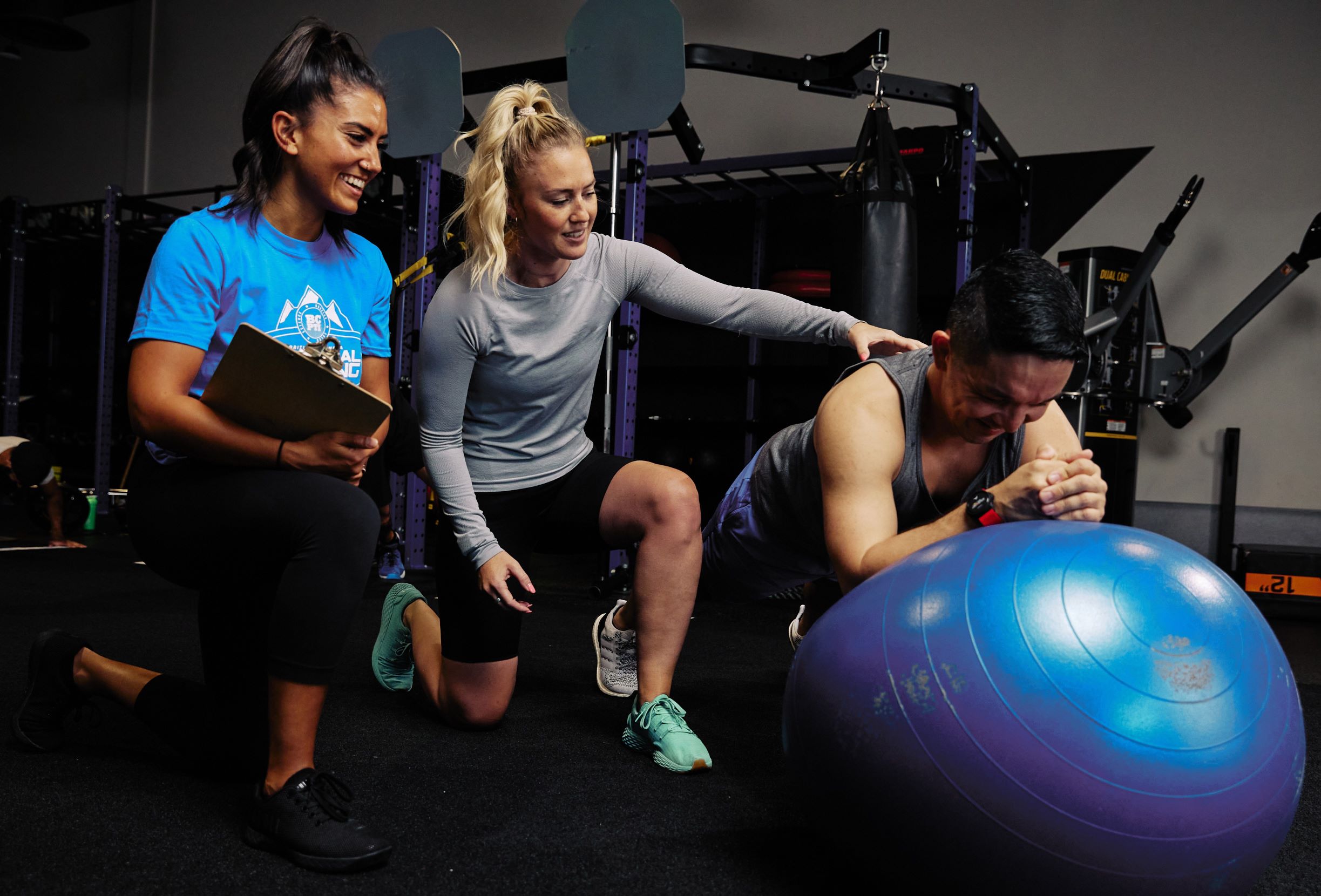Clients come to us for our knowledge and expertise. It’s our job to use those skills in order to help our clients reach their goals. This can involve the manipulation of many variables over time but firstly a plan must be put in place. This plan will look different for everyone but there is a framework needed in order to set them up for success. Here is an outline of the initial steps.
Assessment
To train someone affectively we must first determine if they have any muscle imbalances. With this information we can then create an appropriate program specifically for them, based on their goals and needs. Put the “personal” in Personal Training! If we skip this step, we would have no idea if the body is moving optimally which could lead to the possibility of injury down the road if we are loading a body that is imbalanced.
There are many ways to assess and my recommendation would be to do the assessments that give you information that you find useful. What do you need to know to help your client feel and move their best?
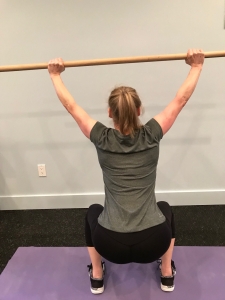
With this Overhead Squat assessment, you can see a hip shift to the right and a drop on the left hand side of the dowel.
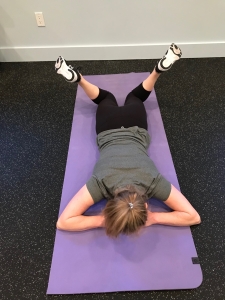
With this Hip Internal Rotation assessment, you can see that the left side is tighter than the right.
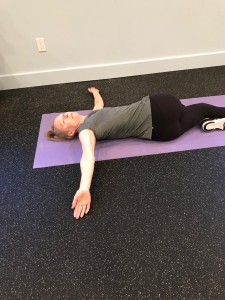
With this Spinal Rotation assessment, you can see that the left side is tighter than the right.
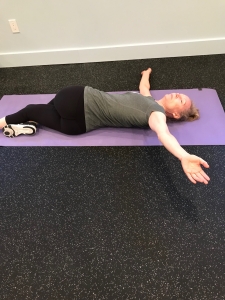
Within the assessment process, we should be checking static and dynamic posture. For this the use of an app can be very helpful. It enables us to draw grid lines on the picture in order to see where there are deviations. Examples of apps are Coaches Eye, Up My Game and Dartfish to name a few.
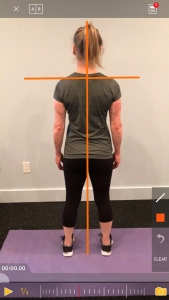
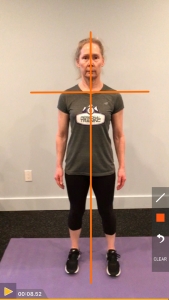
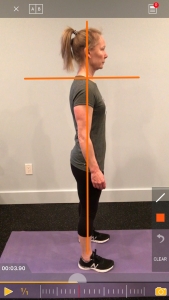
Remove Muscle Imbalances
Once you have completed the assessment, you will have the information needed to address any muscle imbalances. The goal would be to strengthen what is found to be inhibited and stretch what was found to be contracted. If these imbalances are not addressed, there is significantly more chance for mechanical breakdown during exercise which could potentially lead to injuries. Since most clients seem to have trouble adhering to exercises for homework, my suggestion is to build the exercises or stretches into their warm up or as a recovery exercise between sets within their program. Reassess after a few weeks to see if there has been improvement.
Teach Neutral Spine
If the client cannot maintain neutral spine in a static, unloaded position, what is it going to look like with movement and/or load? One way to train this is with a wooden dowel. We have to help the client to feel what neutral spine is and be able to hold that in several different positions. The dowel should maintain contact with the head, upper back and tailbone at all times.
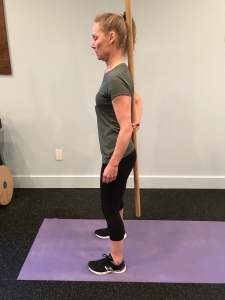
Standing Squatting Quadruped
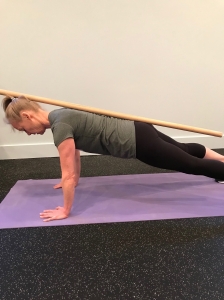
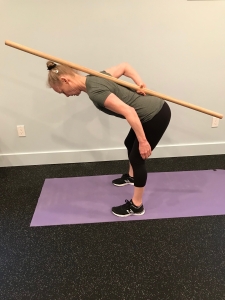
Plank Hinging
Continue to use the dowel until the client can adjust to this position on their own.
Create a Strong Core
To set our clients up for success, we need to create a good foundation on which to build. If the foundation of a house starts out with cracks, it’s only a matter of time before the rest of the house becomes compromised. It’s the same with our clients. We need to have proximal stability in order to create distal strength and mobility. A strong core will assure stability in the spine and pelvis which will help to give our client the ability to accept load and maintain postural control.
To begin this process, start with core exercises that maintain neutral spine. This could include variations of Dead Bug, Plank, Side Plank, Birddog or Bridge. Decrease the lever length or increase the number of contact points if there is deviation from neutral.
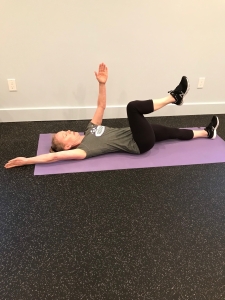
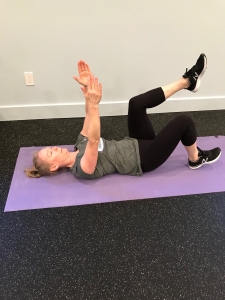
Short or Long Lever Dead Bug
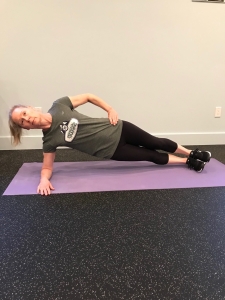
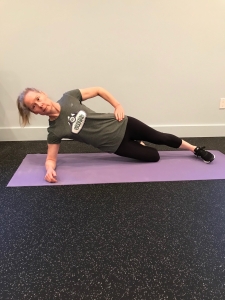
Kneeling or Full Plank
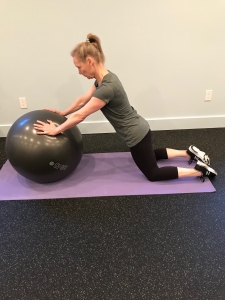
Kneeling or Full Side Plank Roll Out
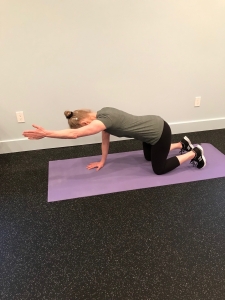
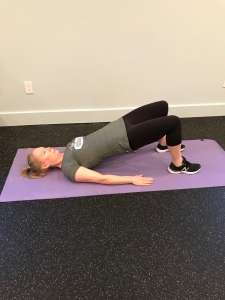
3 or 2 Point Birddog Bridge
Perfect All Movement Patterns
There are certain movement patterns that should be perfected before the client is progressed. Firstly, we have bases of support which include Squat, Split Squat, Plank/Crawl, Side Plank and Bridge. The movements that we layer over top of these bases are Push, Pull, Press, Chop, Lift, Anti-Rotation Bend/Extend, Abduction and Adduction. We need to make sure that all of these movements are mastered before there is too much progression.
Train All Planes of Motion
Typical Body Building style workouts are mainly in the sagittal plane. To train for life and sport, we need to move in all three planes of motion, sagittal, frontal and transverse. Therefore, we should make sure that our client’s programs demonstrate this. Try to choose exercises from various planes in order to help clients continue to move optimally.
5 Killers of Function
As training progresses, we must monitor what we call the “5 killers of function”. This list includes load, complexity, fatigue, range of motion (ROM) and speed. If any of these is not at the appropriate level, mechanical breakdown will possibly occur during training. Is the load too heavy, is the exercise too complex, has the volume been too high and the client is fatigued, does the client lack the proper range of motion for the exercise, is the exercise being performed too fast? An appropriate program will use progression to manage these variables and move forward when the client is ready.
Vigilant Training
Every time our client moves, it’s a chance to assess them. We need to develop a critical eye in order make sure that each movement is the best that it can be and that we aren’t allowing subpar form to slip by. We owe it to our client to give them our undivided attention for the entire session and do our best to help them achieve their goals. This can be done by the trainer being vigilant, prepared and focused.
If everything above is addressed and monitored, you can be assured that we are setting our clients up for success. It is up to us to be strict with our process and never become complacent or lazy. Our clients deserve the best we have to give.
Blog written by BCPTI Instructor (CPT & FSS), Shelley Sheren
